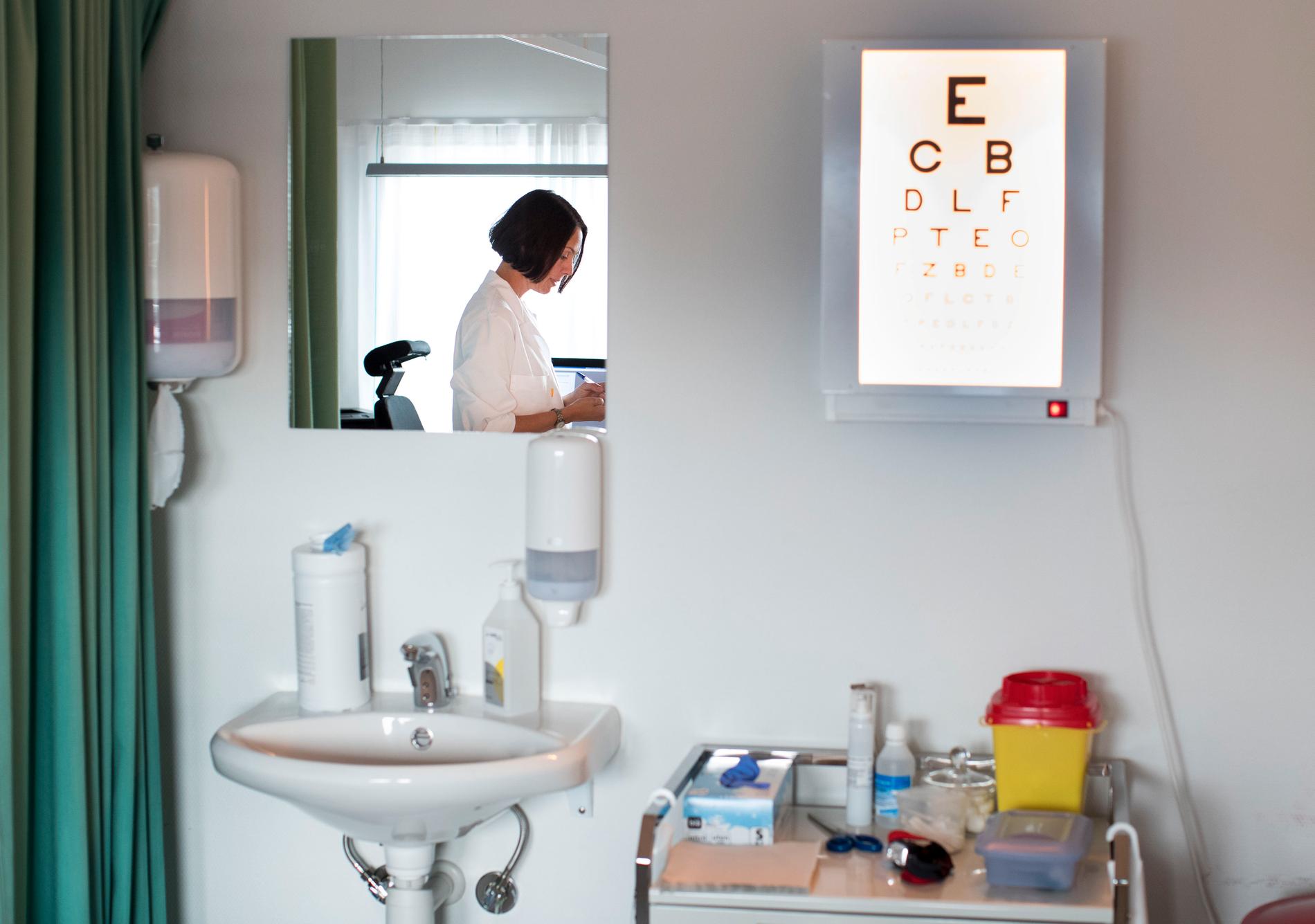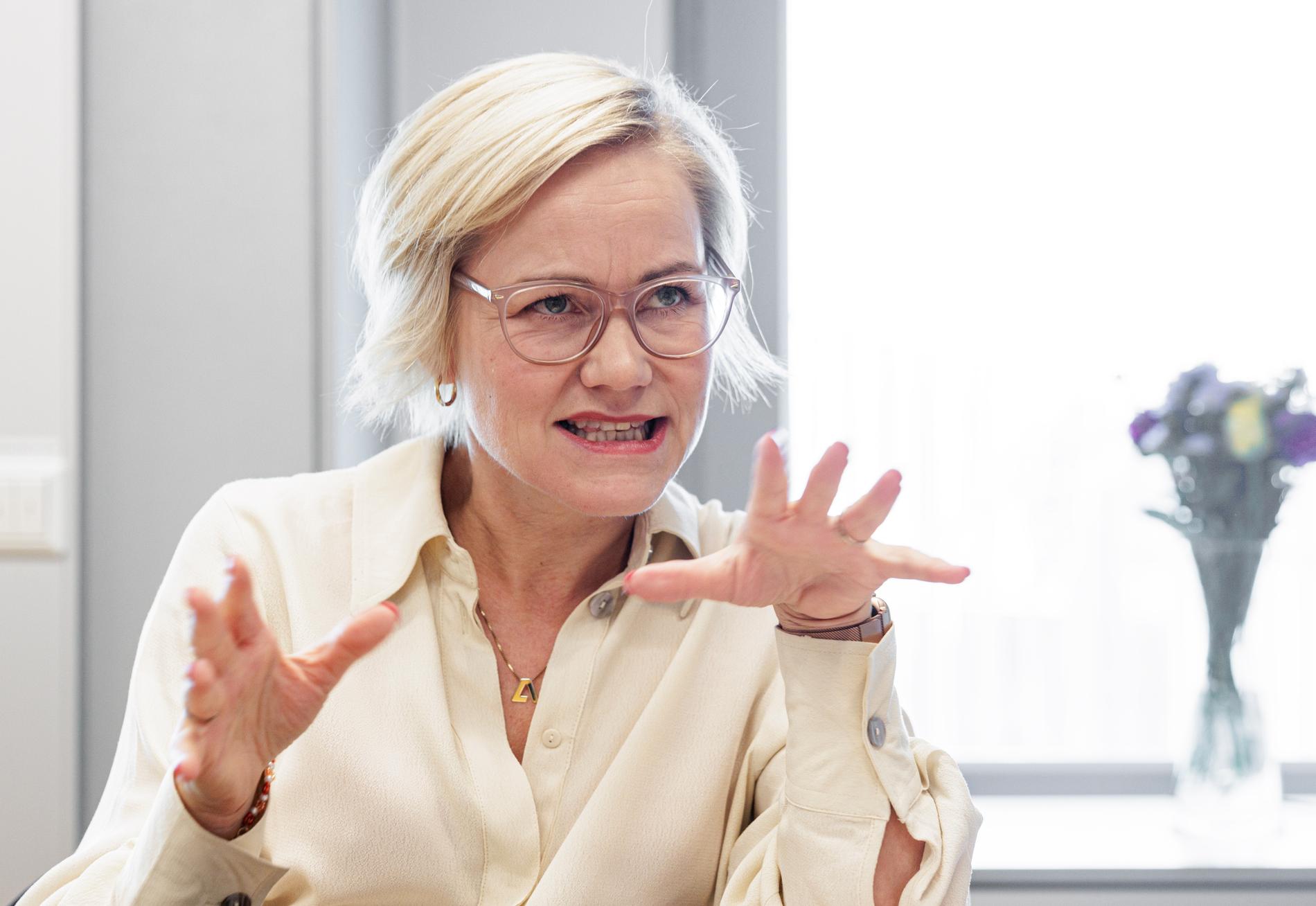Health Minister Ingvild Kjerkol (AP) will spend NOK 690 million to strengthen the GP regime in the state budget for 2023, which will be released on Thursday.
Less than 10 minutes ago
The budget proposal applies from 1 May 2023. The total price of the proposal for a full year will be NOK 920 million.
In the budget for 2022, then Health Minister Bent Høie (H) made a proposal for an increase of NOK 300 million for the general medicine service. After the change of government, Health Minister Ingvild Kjerkol added NOK 100 million to the program, for a total of NOK 400 million. In 2023, Kjerkol is now bolstering the budget with a NOK 690 million increase for the general practitioner service.
– The GP’s regime has been in trouble for a long time. Now we need to reverse the downward spiral and make it go up. We need to create optimism and power in general practice and change the pattern so that it becomes sustainable and recruits well, says Kjerkol.
The minister’s plan includes two steps: in the 2023 budget he will spend a total of 690 million for the GP regime. 480 million will be used to reinforce primary care funding starting May 1 next year and change it so that patients with greater and long-term needs receive better follow-up.
NOK 200 million will secure the so-called ALIS scheme, which consists of training new doctors who will become specialists in general medicine.
NOK 10 million will be used for research infrastructure in general medicine.
Great working pressure
For several years, primary care physicians have reported that the workload has become too tough, despite the number of patients on the lists having dropped to an average of 1,000 patients per physician list. Numerous polls have confirmed the picture that many have described: Many family doctors have 50 or more hours of work in their normal working weeks.
Municipalities faced increasing challenges in recruiting and retaining primary care physicians. Since the scheme was introduced in 2001, most family doctors have held office as self-employed. The payment was a fixed municipal grant per patient on the list, the national insurance rates and the patient’s deductible.
Over the past two years, many municipalities have chosen to stabilize the supply of doctors by hiring general practitioners in municipal positions. Read: Crisis for GPs

235,000 without a doctor
A survey released by the Norwegian Medical Association in August showed that 235,000 residents are on a list without a family doctor. The scheme was introduced, among other things, to improve the quality of the general practitioner service by connecting the patient to a family doctor who would eventually know the patient’s health well.
In recent years there has been an exodus from the profession. Now Kjerkol will take steps that he hopes will stabilize the GP system.
– Funding will change
– The government will change the basic benefit structure, which is the basic salary of a family doctor. The patient’s age, gender, and state of health must have an impact on the fixed allowance the physician receives to be responsible for the patient. This allows primary care physicians to have shorter lists and will give them more time for patients who need it most. The goal is to make it easier to reconcile work with a normal life, says Kjerkol
He believes the proposal better reflects the workload on a patient list.
– There are big differences between patients and we need to have funding that captures this to a greater extent. We will redistribute the core grant and at the same time strengthen it by almost NOK 500 million. We spend so much money on a basis that hardly any doctor will lose the gear, says Kjerkol.
This means that family doctors who wish to reduce the number of patients on their list and have patients with important and long-term health needs on the list after it has been shortened in length, will be better paid for each of them.
– So it will be easier to reduce the number of patients on the list, says Kjerkol.
It has set up a rapidly working expert committee that will make recommendations on further changes to GP funding in the 2024 budget on 1 December.
– Among other things, they will try to simplify the tariff system and use neutral tariffs for the profession so that family doctors can use other staff, says Kjerkol.
The: Sound the alarm in 2017. The battle for the GPs
– More next year
The health minister believes that by adding just under a billion crowns to the GP regime when the so-called year-round effect takes effect, the government is taking an important step to strengthen the GP regime.
– We will follow further changes in 2024 to give us a sustainable GP scheme and ensure good GP services across the country. It is in general medicine that exciting professional challenges arise, at the crossroads between the specialist health service and the municipal health service. This is where needs increase and where we need to have the maximum professional development, says the Minister of Health.
He says primary care doctors in the coming years will see more patients who have been treated in the hospital.
– They will need more follow-up in the municipal health service. We will also have more chronically ill people, more elderly people with complex health problems, more patients with mental health problems and substance abuse, and more seriously ill children. Many people will need a lot of health services in the years to come. They depend on a good and sustainable GP scheme, says Health Minister Kjerkol.


